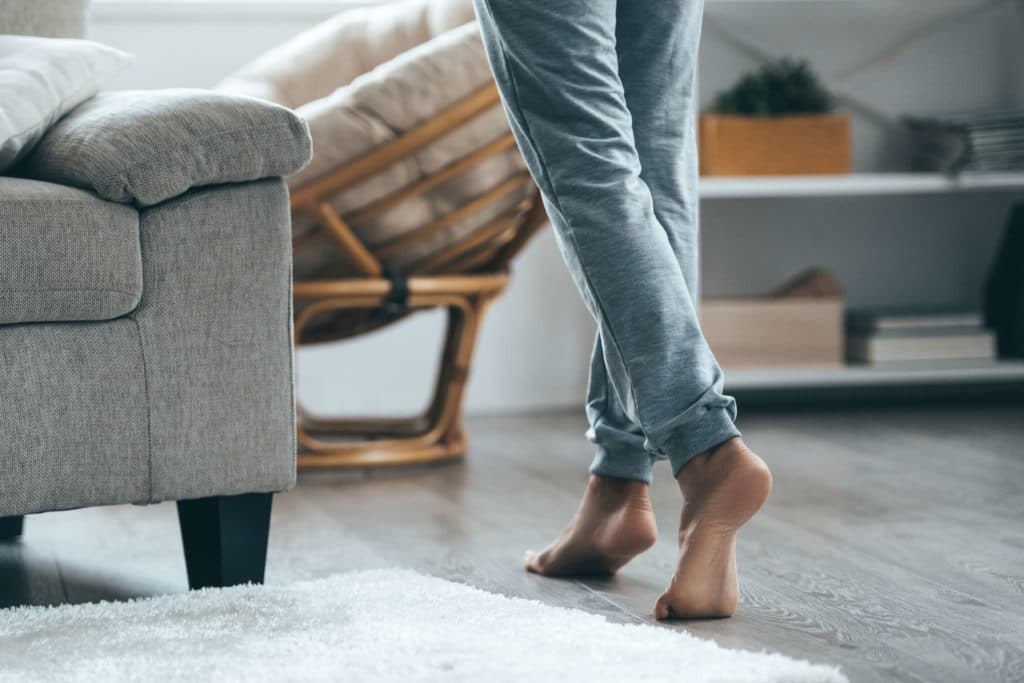Most floor finishes (except those with good insulation properties) are suitable for use with UFH, but depending on the thermal resistance of the material, some transfer heat better than others.
Whichever floor finish you choose, it’s important that both the covering and adhesive can withstand a contact temperature of up to 40°C. You will also need to pay attention to the tog rating of the material as the higher the tog rating, the greater the insulation. For screed systems, it is recommended that the floor covering have a tog rating less than 1 and not exceeding 2.5.
You can find some examples and guidance for specific floor finishes below:

Ceramic Tiles
Ceramic tiles are an ideal floor finish to use with UFH due to their high level of thermal conductivity and low thickness. You should use a quality 2 part flexible adhesive, and if installing a screed system, using a de-coupling membrane will prevent contraction cracks in the screed from affecting the tiles.
If fitting onto a floating floor, it’s important that the UFH is installed over a flat level surface using an insulation material with high compressive strength. Special substrates, i.e. Fermacell, are useful for tiling onto floating floors, but be sure to check the manufacturers’ guidance.
Solid Wood
Timber floors also work surprisingly well with UFH. In fact, UFH can prevent ‘cupping’ which usually occurs using air convection systems (e.g., radiators), as it does not dry out the surface of the floor in the same way.
The timber is usually glued or nailed to battens or joists but could also be continuously glued to screed floors.
It’s advised not exceed a board thickness of 30mm, and at the time of laying it’s important that the moisture content of the timber is kept to approximately 10%.
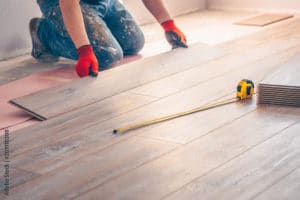
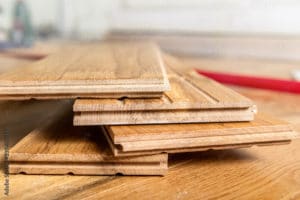
Engineered Wood Boards
Unlike solid wood floors, the moisture content of an engineered board is less crucial. They are also cross-laminated, meaning that it is a more stable material than solid timber.
Boards under 20mm need to be supported and fixed to additional decking material for support, unless installed over a screeded slab.
If you intend to float the boards over screed, underlays like Duralay Heatflow will be especially suitable.
Laminate
Use of laminate flooring with UFH has several advantages – it’s easy to lay, stable and mostly not thermally resistive which provides a great heat output through the floor.
As with the Engineered Boards, underlays like Duralay Heatflow will be especially suitable if floating the boards over screed.
It’s important that laminates under 20mm thickness are supported and fixed to additional decking material, e.g., plywood, unless supported on a continuous floor (a screeded slab, for example).
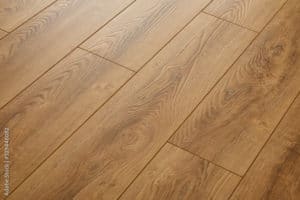

Carpet
Most types of carpet are suitable for use with UFH, provided that the underlay is not a good thermal insulator so that heat can easily pass through to the carpet. Polyurethane and Felt should be avoided for this reason.
The underlay should not exceed a tog rating of 1, whilst the carpet and underlay together should not exceed a Tog rating of 2.5 overall.
Vinyl
Another good choice is vinyl. Its thin structure means that the heat can easily transfer across surface. Although you can find some vinyls that can tolerate high temperatures, most vinyls can only withstand temperatures up to 26°C, meaning that the heat output must be restricted to approximately 65W/m² (in normal living rooms). Consequently, vinyl flooring is generally not recommended for use in high heat loss areas, e.g., conservatories.
If the heat is too high it may cause the tiles to rip or lift, so it’s always best to check the manufacturers’ guidance for the product that you intend to use.
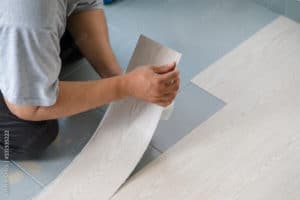
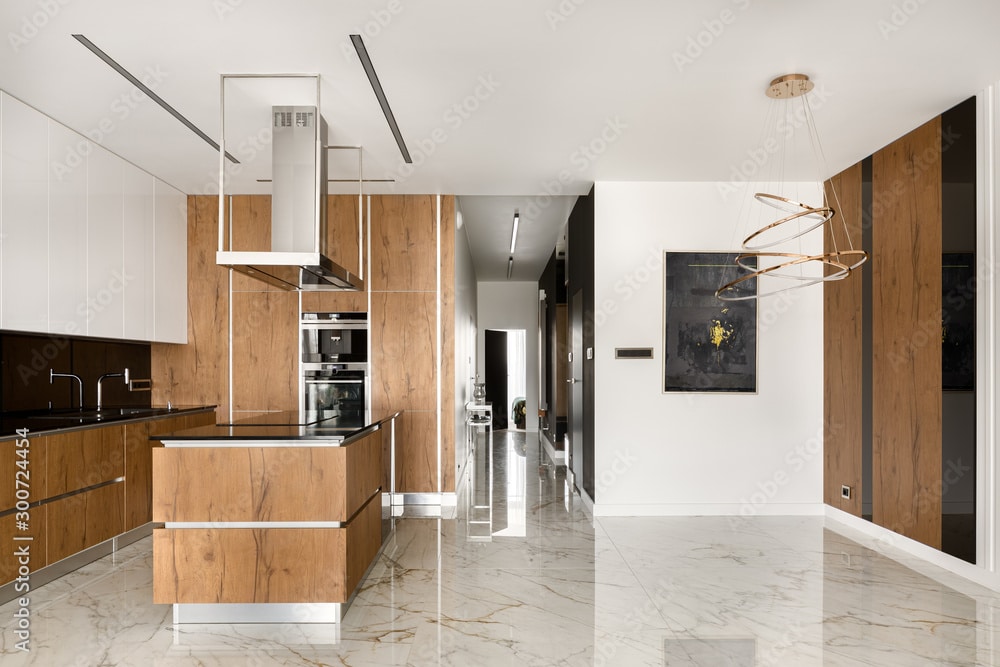
Marble/Stone
Energy transfers quickly to the surface with a stone floor finish. It is the most thermally conductive of floor coverings, so another good choice for use with UFH.
A quality 2 part flexible adhesive, e.g. BAL Fastflex, is recommended to bond the tiles and flags to the substructure.
Marble/stone is not suitable for floating floors.
SLATE
Slate floors function very similarly to marble/stone as a floor finish for use with UFH.



